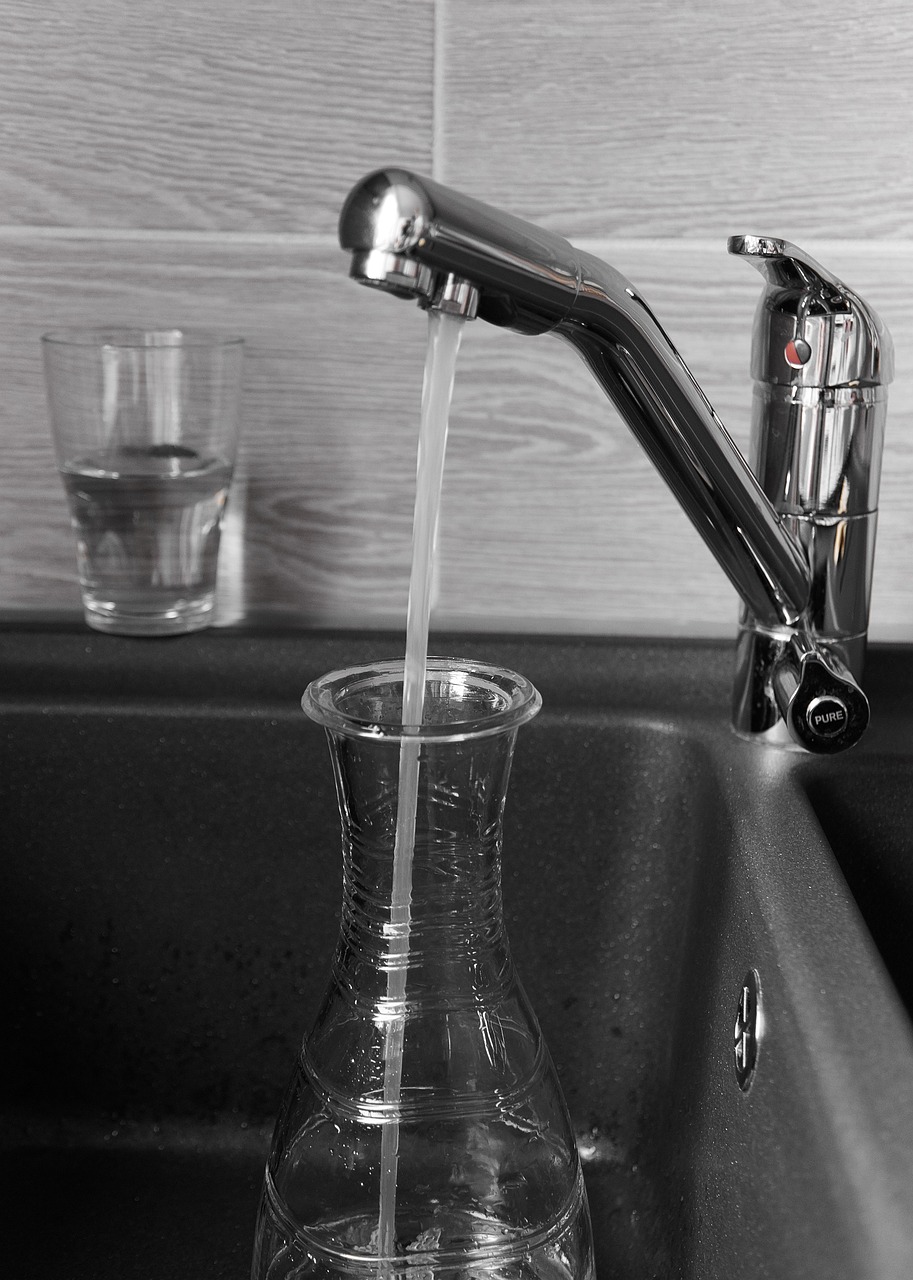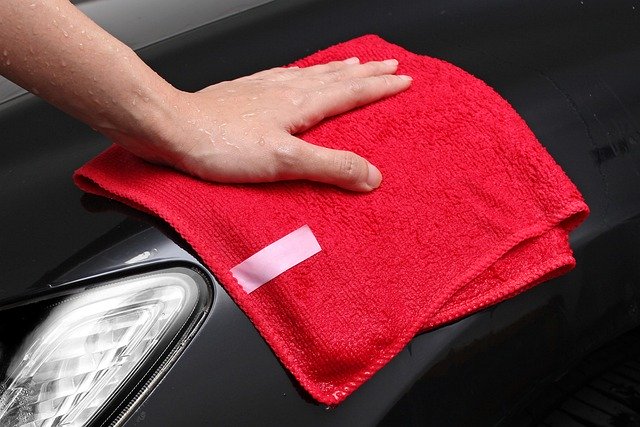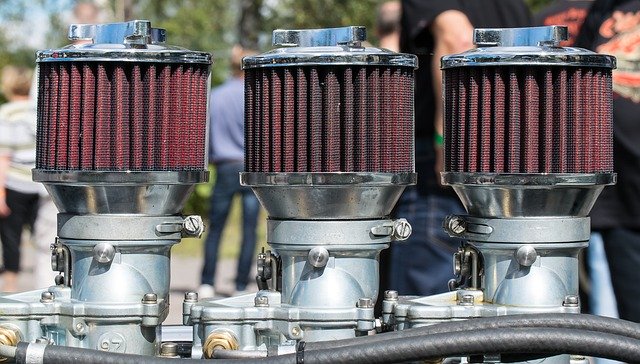Clean and safe water is a necessity that none of us can afford to compromise on. Whether it’s for drinking, cooking, or even bathing, the quality of the water we use in our homes directly impacts our health and well-being. To ensure the water that flows from your taps is free from contaminants, many households have invested in water filtration systems. These systems come in various forms, from simple faucet-mounted filters to sophisticated whole-house filtration setups. However, owning a water filter is just the beginning; it’s crucial to understand how to clean and maintain it to keep it operating at its best.
In this comprehensive guide, we will embark on a journey through the intricacies of cleaning and maintaining your home’s water filter. We will delve into various types of water filtration systems, their unique needs, and the step-by-step methods to ensure they continue to deliver clean and safe water. By the end of this guide, you’ll be equipped with the knowledge and skills necessary to keep your water filtration system in peak condition, ensuring that the water you and your loved ones rely on remains pristine and pure.
Types of Water Filtration Systems
Before delving into the specifics of cleaning and maintenance, let’s briefly explore the various types of water filtration systems you may encounter in your home.
Point-of-Use Water Filters:
- Faucet-Mounted Filters: These attach directly to your faucet and filter water as you use it for drinking or cooking.
- Countertop Filters: These sit on your countertop and are connected to the faucet. They provide filtered water through a separate spout.
- Under-Sink Filters: Installed under your sink, these systems filter water for drinking and cooking at a specific location.
Whole-House Water Filtration Systems:
- Carbon Filters: These are installed at the point where water enters your home. They remove chlorine, sediment, and contaminants for all water outlets in your house.
- Reverse Osmosis Systems: These advanced systems use a multi-stage process to remove a wide range of impurities from your home’s water supply.
Refrigerator Water Filters:
Many modern refrigerators come equipped with built-in water and ice dispensers. These filters should be replaced regularly to ensure clean and fresh water.
Why Cleaning and Maintenance Are Essential
Regular cleaning and maintenance of your water filter are essential for several reasons:
Ensure Water Quality:
Water filters remove contaminants, sediments, and impurities from your water supply. Over time, these accumulations can reduce the filter’s efficiency, leading to a decline in water quality.
Prevent Clogs:
Clogs can occur in various parts of your water filter, such as the filter cartridge, pipes, or valves. Clogs can significantly reduce water flow and may damage the system if left unaddressed.
Extend Lifespan:
Proper maintenance can prolong the lifespan of your water filter. Regular care and replacement of parts can help you avoid costly repairs or complete system replacement.
Cost Savings:
Maintaining your water filter is more cost-effective than replacing it prematurely. Filters, cartridges, and other components are generally less expensive than a new system.
Health and Safety:
A well-maintained water filter ensures that you have access to clean, safe drinking water, which is essential for the health and safety of your family.
Cleaning Your Water Filter: Step-by-Step
The cleaning process for your water filter may vary depending on the type of system you have. Here, we will provide a general step-by-step guide that applies to most systems. Always refer to the manufacturer’s instructions for your specific model, as some variations may exist.
Materials You’ll Need:
- A bucket
- A wrench or pliers
- A soft brush or sponge
- Mild dish soap
- Clean, lint-free cloths or paper towels
- Replacement filter cartridges (if needed)
Step 1: Turn Off the Water Supply
Before you start cleaning, turn off the water supply to your filter. This is typically done by closing the shut-off valve located near the filter. If you have a whole-house system, consider shutting off the main water supply to your home.
Step 2: Remove Filter Cartridges
If your system uses filter cartridges, remove them according to the manufacturer’s instructions. This step is essential as it allows you to access and clean the cartridge housing.
Step 3: Clean the Housing
Use a soft brush or sponge to clean the filter housing. Be gentle to avoid damaging the components. You can use a mixture of mild dish soap and warm water to remove any build-up or residue inside the housing. Rinse thoroughly and dry with a clean, lint-free cloth.
Step 4: Replace or Clean Filter Cartridges
If your system uses replaceable cartridges, check their condition. If they are old or damaged, it’s time to replace them. If they are still in good shape, follow the manufacturer’s instructions to clean them properly.
Step 5: Reassemble the System
Carefully reinsert the filter cartridges, making sure they are properly aligned and seated. Ensure all connections are tight, and there are no leaks. Turn the water supply back on, and check for any leaks.
Step 6: Flush the System
After reassembling your system, run water through it for a few minutes to flush out any remaining debris or trapped air. This will ensure that your water is clean and free from any contaminants that may have been dislodged during cleaning.
How to Maintain Your Water Filter: Regular Tasks
In addition to periodic cleaning, there are several ongoing maintenance tasks to keep your water filter in optimal condition:
Replace Filter Cartridges:
Most water filters use cartridges that have a limited lifespan. Follow the manufacturer’s guidelines for replacement intervals, which typically range from three to six months. Some advanced systems may last up to a year.
Inspect for Leaks:
Regularly check for any signs of leakage around your water filter, including pipes, valves, and connections. Address any leaks immediately to prevent water damage.
Monitor Water Pressure:
A noticeable drop in water pressure can indicate clogs in the system. If you experience reduced water flow, it’s time to check and clean the filter components.
Clean Faucet-Mounted Filters:
If you have a faucet-mounted filter, clean the aerator regularly to prevent build-up and maintain proper water flow.
Check for System-Specific Tasks:
Refer to your specific system’s maintenance manual for any additional tasks or recommendations.
Signs That Your Water Filter Needs Professional Help
While regular cleaning and maintenance will resolve most issues, there are times when you should seek professional assistance:
Persistent Leaks:
If you can’t stop a leak, or if the problem recurs despite your best efforts, it’s time to call a professional plumber or a technician familiar with your specific water filter system.
Strange Noises:
Unusual sounds coming from your water filter, such as humming or rattling, may indicate a mechanical problem that requires professional attention.
Foul Odors or Tastes:
If your water tastes or smells unpleasant even after replacing the filter cartridges and cleaning the system, there may be an issue with the filter media or a deeper problem that a professional should address.
Significant Drop in Water Pressure:
A noticeable drop in water pressure despite routine cleaning may indicate a more complex issue within the system that a professional should diagnose and repair.
Filter Bypassing:
If you notice that water is bypassing the filter and not being treated properly, it’s essential to have a professional inspect and fix the system to ensure your water’s quality.
Conclusion
Water is life, and it’s a precious resource that deserves our utmost care and attention. A water filtration system can be your guardian, ensuring that the water flowing through your pipes is free from impurities and safe to consume. However, like any guardian, these systems require regular care and maintenance to perform their duties effectively.
As we conclude this ultimate guide to cleaning and maintaining your home’s water filter, we hope you have gained valuable insights into the importance of this routine task. Follow the specific guidelines for your system, regularly replace filter cartridges, and address any issues promptly, and you will not just be extending the life of your water filter but safeguarding the health and well-being of your household.
Clean water is a fundamental need, and with the knowledge you’ve acquired here, you can take charge of your water filtration system and ensure that it continues to provide your family with the fresh, safe water they deserve. Remember, the path to healthy living starts with clean water, and your water filter is the sentinel that guards this precious resource.














